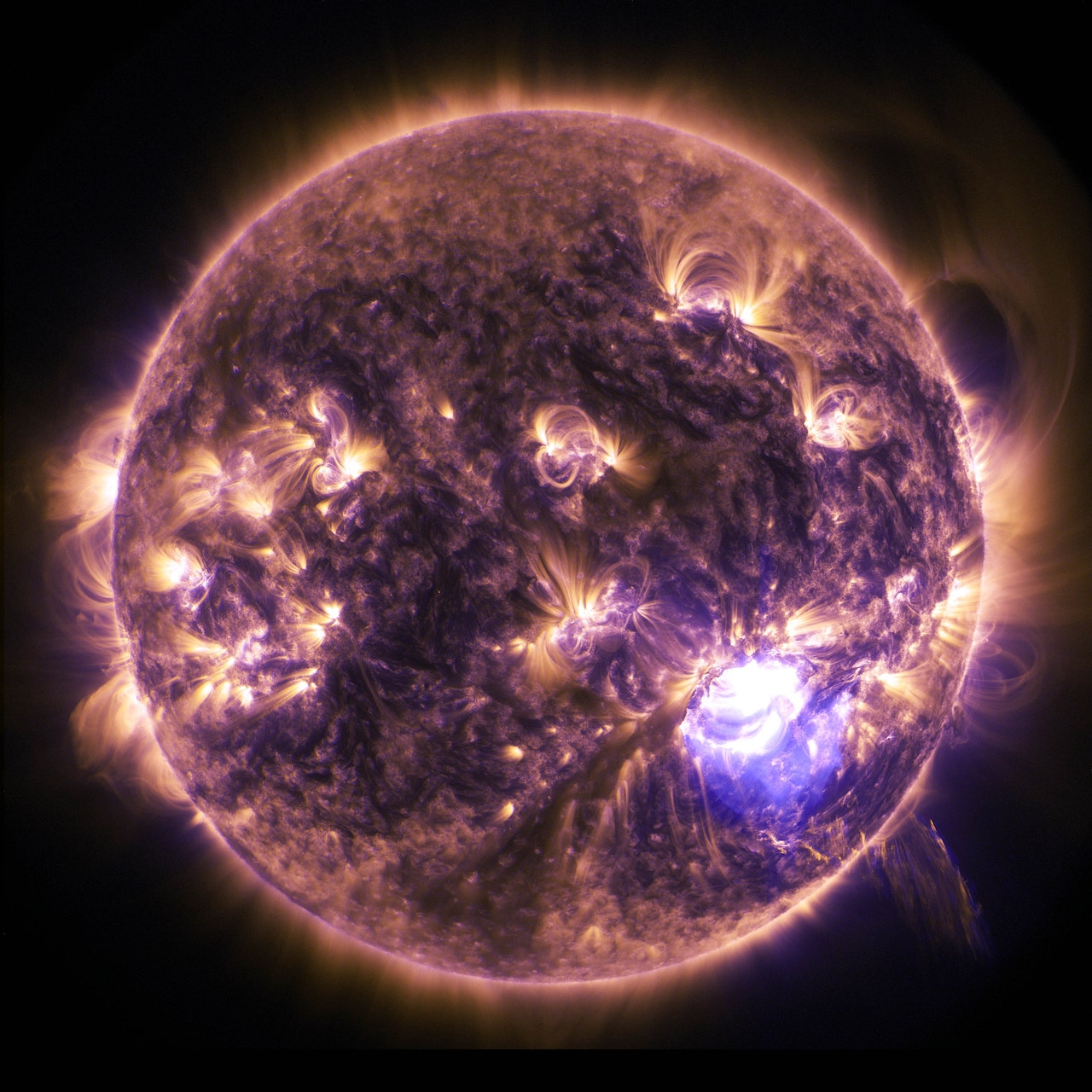whether milk is vegetarian or non-vegetarian

Whether milk is vegetarian or non-vegetarian? First and foremost, let us define what we mean by vegetarianism. Vegetarianism is a dietary method that involves eating plant-based foods while avoiding meat and fish. Where does milk fit into this definition, though? Milk is a natural secretion obtained by female mammals' mammary glands, like cows, goats, and sheep. It is significant in nutrients such as protein, calcium, and vitamins, making it the main food for mankind for thousands of years. From a scientific standpoint, Milk is classified as a vegetarian food source because it is obtained from animals without causing any harm or death to the animal. Milking a cow or a goat is a natural process that does not involve the animal being killed. The mammal can produce milk constantly for a certain time span and it can keep making milk over several years with suitable nourishment and care. However, commercial dairy production may involve methods that are viewed negatively regarding animal...











